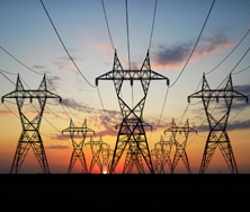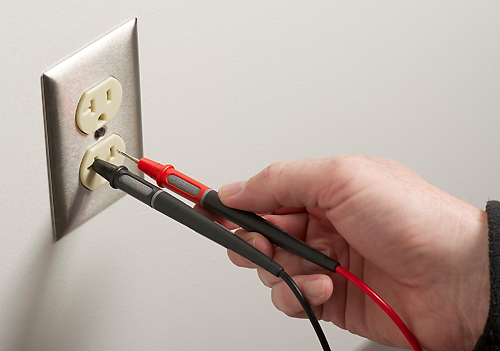
For example, Hoover Dam has a power generation rating of about 3 million horsepower (imagine feeding them!), and an electrical generation capacity of about 2000 megawatts.
This AC electrical power must be transferred from the dam to the consumer. The problem is that most people live at remote distances from the really big power sources. A power transmission system must be used to get electricity from point “A” to point “B” with a tolerable amount of loss.
There are electrical advantages to doing this at a high voltage, since it minimizes the losses in the electrical conductor used. Voltage and current can be “traded off” in a power distribution system. This is the job of the transformer.
Remember that that W = IE so we can make an equivalent power source with a lot of E and a little I, or a lot of I and a little E. Transformers are the devices used to make the trade-off.
With the power remaining the same (at least in theory) a step-up transformer produces a larger voltage at a smaller current, and a step-down transformer does the opposite. Both types are found in the power distribution grid (and also in the signal chain of a sound system!).
Typical voltages for long distance transmission are in the range of 155,000 volts to 765,000 volts in order to reduce line losses. At a local substation, this is transformed down 7,000 volts to 14,000 volts for distribution around a city.
There are normally three legs or “phases.” Three-phase power is the bedrock of the power grid. A large building might be served by all three phases, where a house would normally be served by only a single phase. Before entering a building, this distribution voltage is converted to 220 volts to 240 volts using a step-down transformer (there is a tolerance – your mileage may vary).

For our discussion here, we will use 220-volt/110-volt nominal values. The place where the power comes into the building is called the service entrance. This is of prime importance, because, in effect, it’s the “power source” of interest with regard to electrical components in the building. Any discussion of power distribution within a building is centered upon the service entrance and how its electricity is made available throughout the structure.
A food chain is now apparent. Electricity is harnessed from the environment, converted into a standardized form, distributed to various locations, and converted again into the form expected by electrical devices and products.
Most of the local wiring from the power substation is run above ground on utility poles, making it a likely target for lightning strikes, falling limbs, high winds and ice. Many locales choose to bury all or part of the wiring to reduce the risk of interruption and to remove the eyesore of wires strung from poles.
On To The Outlet
In most parts of the world, 220 volts (or close to it) is delivered to the electrical outlets for use by appliances.
